Nero, the adopted successor of Claudius, was one of the Roman Emperors. He had a huge role in changing the history of ancient Rome. He was an emperor with evil, debauchery, and decadence character.
He is listed under the list of the worst Roman Emperors due to his inhuman acts. Nero killing his mother and two wives has to be the cruelest deed he has done during his reign.
Like every emperor, he, too, had various interesting and cruel facts associated with him. Here is the list of such top 10 facts related to Emperor Nero with some details.
10. Nero was the adopted successor of Claudius
Content

Nero was born on the 15th of December, 37 AD, as Lucius Domitius Ahenobarbus. He was born to Gnaeus Domitius Ahenobarbus and Agrippina the Younger. Gnaeus died when Nero was only two, possibly poisoned by his mother.
Agrippina was the sister of the Roman Emperor Gaius Julius Caesar ( Caligula ). She had a political interest in the state and wanted to overthrow Caligula.
However, she could not kill him even after many trials and plans. He was exiled in 37 AD and was replaced by Claudius. Agrippina, to rule the Empire, seduced Claudius and married him.
She manipulated Claudius into adopting Nero in 49 AD. He was adopted and kept close to Claudius to look after his work and learn ways to rule the Empire.
In the thrust of getting the throne, Agrippina arranged Nero’s marriage with Claudius’s daughter Octavia.
9. Nero became Roman Emperor at an early age
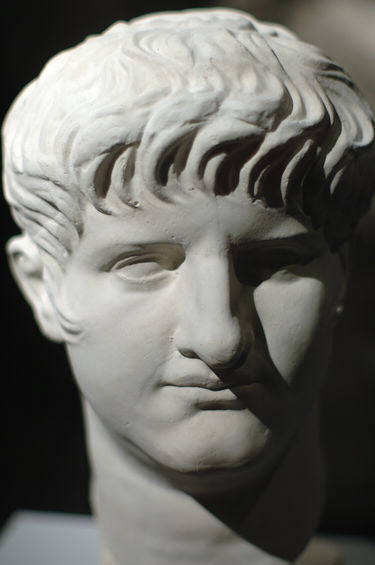
Agrippina made great contributions to avail her son for the Roman throne. She first poisoned Domitius, conspired against her brother, compelled Claudius to adopt Nero, and married Nero to Octavia.
Nero became the new Roman emperor on October 13, 54 A.D. At that time, Nero was only sixteen, only two months away from his seventeenth birthday.
This made Nero the youngest Roman emperor in Roman history. Later Nero’s title of the youngest Roman emperor transferred to Elagabalus. Elagabalus became emperor aged 14 in 218.
Claudius had his biological son, Britannicus, but he had not reached the Emperor’s age. The minimum legal age to become an emperor was 16, so Britannicus had to wait for two more years.
However, Britannicus died mysteriously after drinking wine at his celebratory banquet. Nero became the sole emperor who ruled for 13 years and eight months.
8. The Great Fire of Rome happened during Nero’s reign
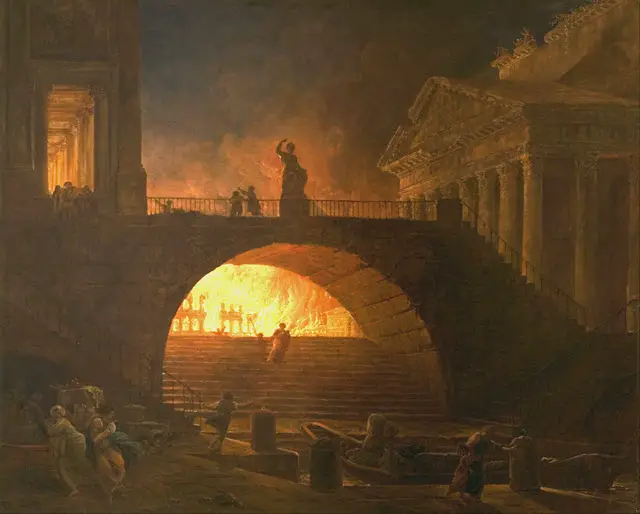
The Great Fire of Rome was one of the big destructions in Roman history. It took place on July 18 to 19, 64 A.D. The fire first caught the slope of the Aventine overlooking the Circus Maximus.
Countless mansions, residences, temples, and three of the fourteen Roman districts burnt down. It made people homeless and with a scarcity of food.
These homeless people found shelter in Nero’s palace and garden. He invited people to his palace, distributed foods and beverages to gain popularity.
However, this generosity was just pompous as he was the one to set fire. He did not like the city’s construction and wanted to build a new palace complex and name it Golden House or Domus Aurea.
To reconstruct Rome according to his desired style, he almost emptied the Empire’s treasury. He had devalued the Roman currency to pay the cost, which had dragged the Empire’s economy to the brink.
7. Nero was an art lover and sports-loving emperor

Ruling Rome wasn’t the first choice of Nero. He was inclined towards performing and had a passion for music and the arts. He, however, was compelled by his mother to become the Emperor.
Rather than exercising power and winning new lands, Nero dreamt of being an artist. Nero started performing publicly to win popularity, played the lyre, wrote poetry, sang in public, and cherished the crowd after the demise of his mother.
Nero forced people to see his performance and applaud him. The sudden change in his behavior amazed the Romans and the advisors. He began losing his dignity since then.
Nero was fond of sports and admired Greeks for their Olympic games. He tried and modeled his Neronian Games in 60 AD.
Nero had participated in the real Greek Olympics in 64 A.D. Nero had bribed the organizers to delay the games a year for him to participate. He forced the hosts to add non-athletic, arts-oriented events for his benefit.
In the Olympics, Nero won every event he participated in. He also won the chariot race in which he almost died after being fell. However, after Nero’s death, his name was removed from the winners’ list.
6. Nero killed his mother and his two wives
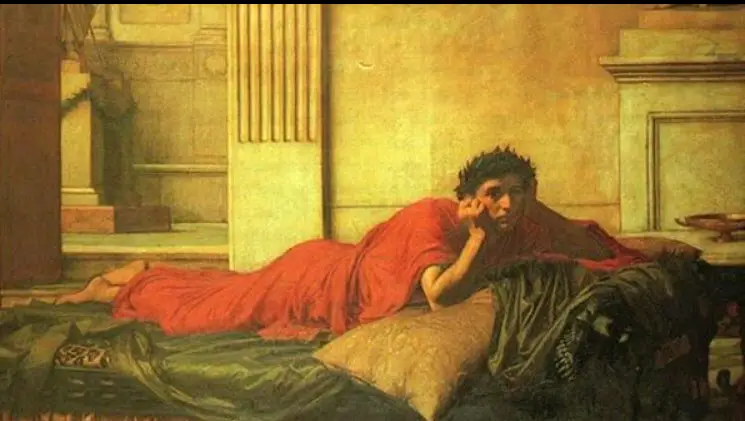
Agrippina shared equal power in the state, whether it was decision-making or utilizing the treasury. After turning to a decisive age, Nero didn’t want any interference from his mother in the ruling state. He wanted to have absolute power in his hand.
Secondly, she was against Nero’s affair with Poppaea Sabina. Nero was not happy with the interference of his mother in both personal and political life.
To plan on killing his mother to get rid of her interference, he tried to trap her on the Bay of Naples in a boat. The boat was designed to sink, but she managed to save herself from Nero’s trap.
Nero planned to kill his mother for the second time. This time, he sent his loyal freedman to behead his mother, and she was killed by the freedman at her country house.
Matricide wasn’t only the crime Nero had committed, and he murdered his two wives as well. Claudia Octavia was an aristocratic and virtuous wife and best suitor for Nero.
Nero quickly became bored of Claudia and started to resent her. The reason for this was Nero’s affair with Poppaea Sabina.
He executed Octavia after eight years of their marriage. He accused her of being barren and committing adultery. Nero chopped her head and sent it to Sabina, who became Nero’s second wife.
However, the second marriage also didn’t work after some time of their marriage. They began arguing regularly, and Nero punched Sabina’s belly leading to her death.
5. Nero castrated a slave boy and married him
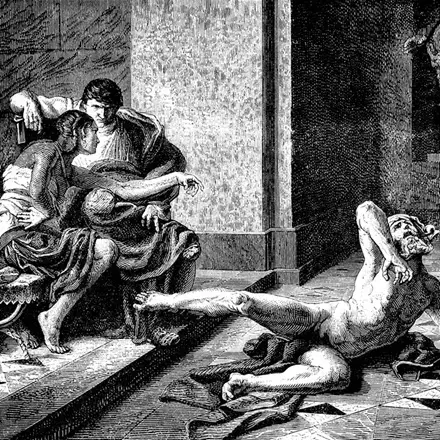
Nero was married five times during his lifetime. It was possible as polygamy was taken in a normal way of living in ancient Rome.
Nero killed his first two wives and married his third, named Statilia Messalina. She was a descendant of a successful Roman general but was not very popular amongst the Romans.
The third marriage also could not work for Nero, as he began thinking about Sabina. She was the one he had always loved but could not marry her.
One day, Nero found a boy named Sporus who looked exactly like Poppaea Sabina. He sent his armies to bring the boy and ordered them to castrate him. He married the boy after the castration and kept him as his fourth wife.
Sporus lived with Nero as his wife until Emperor Vitellius came to him. Emperor Vitellius was the next temporary emperor after Nero’s death.
4. Nero committed suicide after a revolt against him began
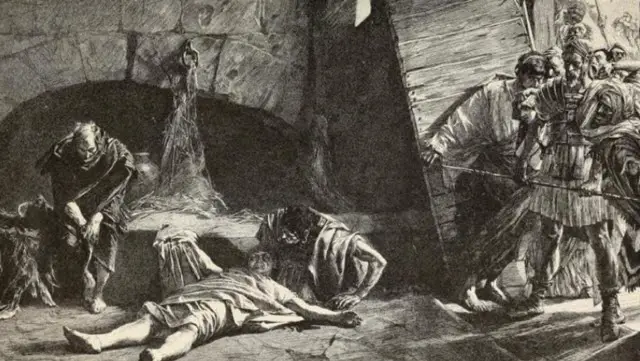
Nero’s 13-year long reign was filled with bloodshed, cruelty, and inhuman acts. He was targeted by his opponents, and numerous plans were executed to bring down his governance.
When Gaius Julius Vindex, a governor in Gaul, rebelled in 68 A.D., Nero didn’t consider it. He started fearing to lose his throne after Servius Sulpicius Galba, a governor of Northern Spain, joined the revolt.
To add to Nero’s difficulties, the Senate also declared Nero a public enemy. Nero’s allies deserted him one by one, and he knew his end when the Praetorian Guard abandoned him.
Nero had no place to hide and run. He finally ordered the few men still with him to dig a grave for him on June 9, 68 A.D. Before he could get caught by rebellions, Nero wanted to commit suicide.
To prepare for his suicide, Nero asked someone else to set an example first. And later, Nero’s secretary, Epaphroditus, finally helped Nero end his life. Nero died at the age of 30.
3. Nero imposters frequently appeared after his death.
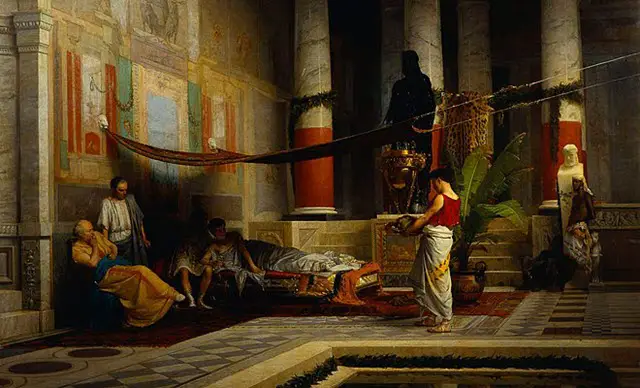
Revolt against Nero extended from 67-68 A.D. leading a series of civil wars. This event threatened Nero and his allies after his death.
Nero’s death led to an end to the Julio-Claudian dynasty. The dynasty had once reigned Rome from a period of its formation under Augustus in 27 B.C.
Even after Nero’s death, people didn’t believe that Nero was dead. They assumed that Nero would return one day and rule the Empire again. This was the perfect reason that “Nero Redivivus Legend” was popular.
To make this campaign more successful, “False Naro” or “Naro Imposers” appeared frequently. They appeared for several decades. They would encounter rebellions and made them believe that Nero was reborn. This belief had a special effect on the lower classes of Roman society.
2. Nero was the emperor who initiated the persecution of Christians
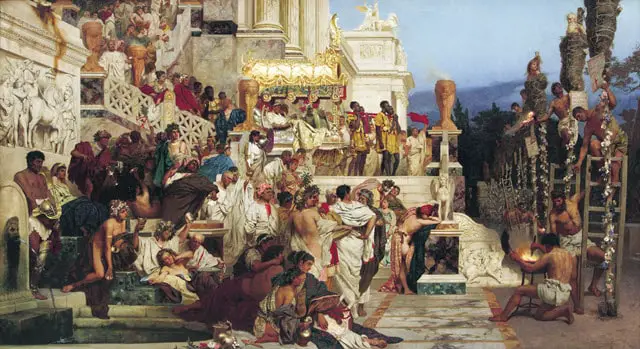
During Nero’s reign, Christians were in small numbers. Nero accused Christians of being responsible for The Great Fire of Rome.
Christianity was a newly formed religion and didn’t have any influence. Even Romans hadn’t distinguished between Jews and Christians until this time.
However, Roman citizens already disliked this small group. They considered it a dangerous cult. And Nero didn’t make much effort to make Christians scapegoats for his purpose.
Nero ordered the persecution of Christians everywhere in Rome. Christians were getting arrested, tortured, and publicly executed.
It wasn’t a normal death Christians got during Nero’s reign. Rather, they’re dressed in animal skins and giving them to dogs to tear limb from limb in the arena. Christians were also crucified and used as torches in the garden for Nero’s party.
The persecution of Christians continued for the next hundred years.
1. Nero’s early reign was characterized as exemplary governance
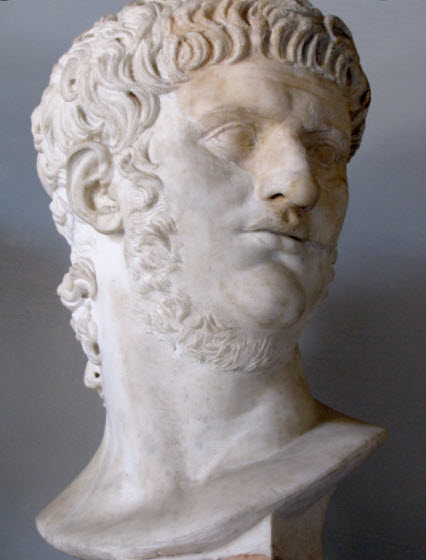
Nero’s reign extended from 54–68 A.D. At that time, Nero was still a teen when he took the throne. It was difficult to rule the country for a 17-year-old emperor.
All conspiracy and murders Agrippina committed only to control the power. When the time came, she ruled the country jointly with her son. Her head was printed on Roman coins next to her son for some periods.
On Agrippina’s arrangement, Nero had two additional advisors; Seneca and Burrus. The philosopher Seneca had been one of Nero’s tutors. Next, Burrus was a prefect of the Praetorian Guard.
Nero’s early reign, especially the first five years of his reign, was very praiseworthy. These years were tagged as political generosity and power-sharing.
During the years, he cut corruption and forbade bloodshed in a circus. He had banned capital punishment and reduced taxes. He allowed slaves to bring complaints to him against their unjust masters. These are some of the examples of good deeds from Nero.
However, the good deeds didn’t remain forever. After Agrippina’s death, Nero went off the track and started Rome’s disaster.
Conclusion
Sometimes a man becomes his enemy and falls in his destruction. This applies exactly to Nero, who had to commit suicide because of his wild nature.
Anyway, when keeping his bloodshed hands at bay, I love the fact that Nero was an art-loving emperor. What other good do you find in Nero? Also, let us know which fact about Nero got you goosebumps? Share your thoughts in the comment box.
